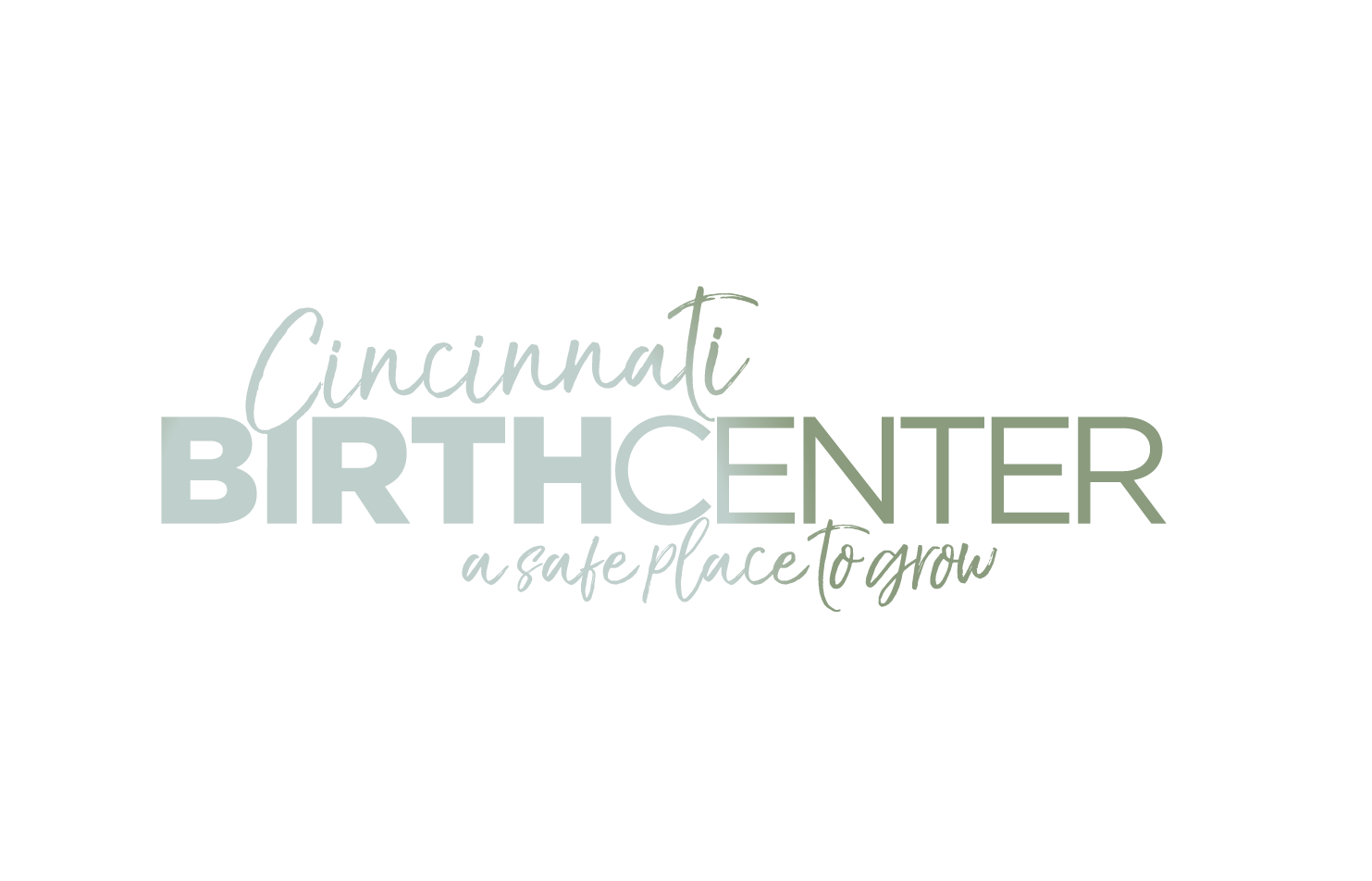When to Transfer to a Hospital During Home Birth
/Most home births go smoothly without the need for any medical interventions or hospital transfers. Since a low-risk pregnancy is required to qualify for a home birth, any emergencies that occur can usually be handled by the midwife at home.
Sometimes, despite careful planning and preparation, a hospital transfer might be necessary. The decision to transfer during labor is never taken lightly and is one your midwives will carefully consider with you, prioritizing the safety of both you and your baby. At the Cincinnati Birth Center, we average around 10% of our clients transferring during labor with a 6% cesarean section rate. Even with these low numbers, it is always best to be prepared. In the event of an emergency, what are some reasons a transfer might need to happen?
4 Reasons for a Hospital Transfer
1. Stalled / Slow Labor
Usually, slower labor isn’t something to be too concerned about, especially during the first part of labor or if you are a first-time mom. If nothing seems to be progressing or contractions are slowing down, you may want to try different ways to get things moving that don’t involve medical interventions:
Try going for a walk to encourage the baby to descend.
Change your surroundings if you are uncomfortable, feel closed in, or need more privacy.
Switch up positions frequently - being stationary for too long can slow things down.
Stimulate your nipples to produce oxytocin for contractions.
However, if labor is progressing too slowly during the second stage of labor, the mother may become exhausted and the baby could run the risk of fetal distress. Your midwife will work with you to make a judgment call if it’s time to move to a medical facility.
2. Postpartum Hemorrhage
At a home birth, midwives are equipped to handle most hemorrhages the same as a hospital doctor would, and there is very rarely any cause for concern. Most hemorrhages are mild and are easily managed. Sometimes postpartum hemorrhages happen after the first 24 hours post-birth, which is one reason why your midwife will conduct multiple postpartum visits to check on both you and baby.
In the rare event of a severe hemorrhage, an ambulance will be called while the midwife massages the uterus to stimulate a contraction, administer an oxytocic drug, and put up an IV if this does not stop the bleeding.
3. Infant Respiratory Problems
After the baby is born, his or her respiration is monitored and recorded until it has remained stable for two hours. If the baby is born in respiratory distress, the midwife will immediately perform resuscitation with her emergency equipment. However, a medical transfer will take place if the infant continues to show signs of respiratory distress or cyanosis (blue skin due to lack of oxygen).
4. Request for Epidural
Sometimes mothers (especially first-time moms) change their minds and decide they want to transfer to a hospital for an epidural or help with accelerating labor. Before choosing a provider, it’s wise to consider whether you can commit to a birth without medical pain management. If you change your mind during labor, your midwife will respect your choice and transfer you to your chosen backup hospital.
Remember, a decision to transfer to a hospital is not a home birth “failure!” Your midwives are committed to ensuring the safety of you and your baby, and sometimes extra medical attention is needed. At the end of the day, what matters is that your baby is in your arms no matter where you are.
How Should I Plan for an Emergency Transfer?
Although most births proceed without complications, you will want to have a plan in place just in case of an emergency.
Start by researching or asking your midwife reasons a transfer might be necessary to help you understand when and why it might need to happen.
If you have a written birth plan, include a “plan B” if you need to go to a hospital and make sure your preferred location is listed along with a phone number. Include a section specifically addressing the possibility of a transfer, detailing preferences for transportation, choice of hospital, and preferences for medical interventions if needed. If you aren’t writing out a birth plan, keep the hospital’s address and contact information somewhere close by, such as hanging on the refrigerator.
Discuss transportation options in advance and make arrangements if needed so that you have a reliable mode of transport to the hospital if needed.
Even if you are planning on a home birth, you will still want to pack an emergency bag just in case you have an unexpected hospital stay. Include clothing, toiletries, personal documents, and any comfort items that can help make the transition smoother. Keep the bag nearby in case of a sudden transfer.
Keep an emergency contact list close by of healthcare providers, family members, and anyone else who may need to be notified in case of a transfer.




